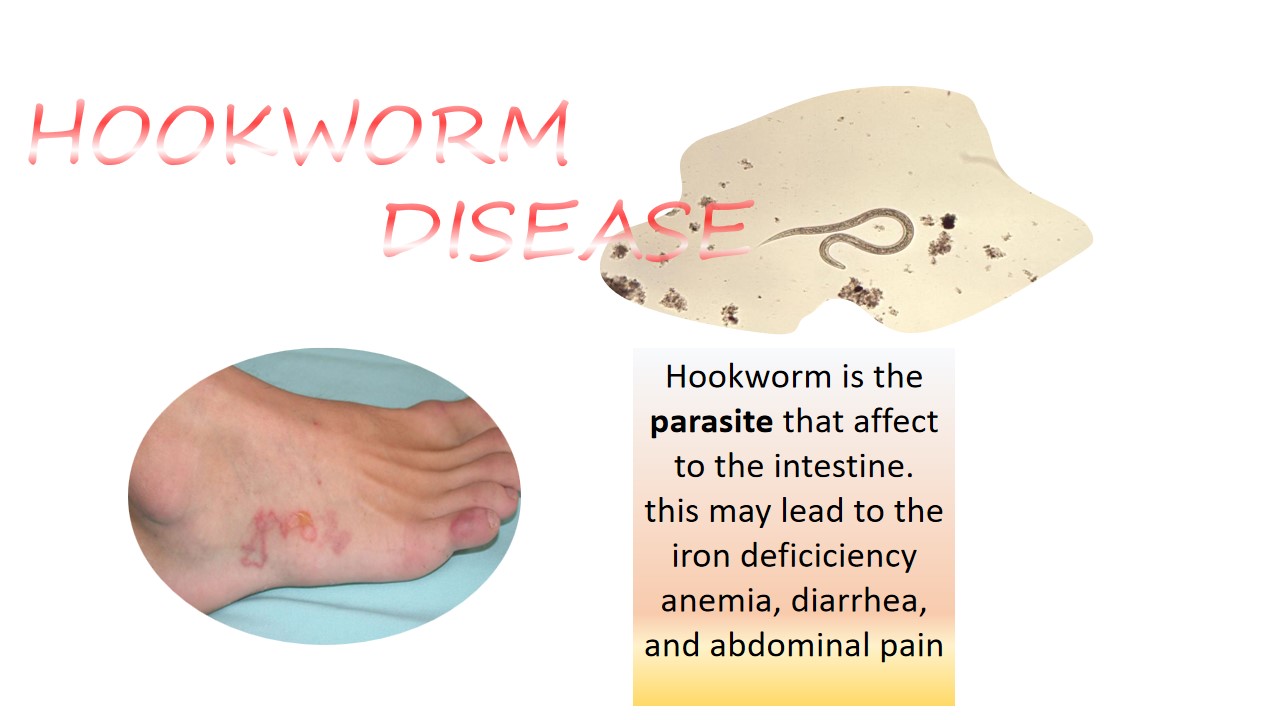
Hookworm Disease
An infectious disease caused by the hookworm parasite is referred to as a hookworm disease. At first, the infection location may itch and develop a rash. An intestinal parasite is called hookworm. Because hookworms have a head that resembles a hook and adhere to the walls of the intestine.They hatch when they get to the intestine.The larvae (eggs) of hookworms enter via the skin. Ancylostoma duodenale and Necator americanus, the two species that cause ancylostomiasis and necatoriasis, respectively, are prevalent hookworm infections in humans. People who have hookworm infection excrete hookworm eggs in their stools. These can hatch into larvae, or juvenile worms, if they wind up in the environment, and they can then pierce the skin. Food that has been tainted can also transmit one kind. Walking barefoot in warm climates with inadequate sanitation is one risk factor.
Roundworm illnesses include whipworm, ascariasis, and hookworm. Soil-transmitted helminths (STH) are parasitic worms that disseminate infection through contaminated soil. The hookworm that infects humans is usually not the same as the one that infects dogs, cats, and other animals. Animal hookworms can occasionally pierce the skin of humans, but they never develop or lay eggs there. The movement of animal hookworms under the skin might result in a rash called cutaneous larva migrans, this rash is irritating and appears as a thin raised red line that runs over the skin.
Symptoms
- A skin rash in one area
- weight loss
- loss of appetite
- breathing complications, such as wheezing and a cough
- fever
- stomach pain
- diarrhea
- extreme tiredness and weakness
- Iron deficiency anemia or malnutrition
- physical and thought development problems in children due to severe anemia
- heart failure and widespread tissue swelling as a result of severe anemia
Causes/Risk factors
- People live in warm, tropical, or subtropical areas
- People who spend time in areas where there is poor sanitation management and hygiene, especially if walking barefoot or with skin-to-soil contact
- young children who have contact with contaminated soil
- Workers who have contact with contaminated soil, especially farmers
Diagnosis:
Microbiology Examination:
The primary method for diagnosing hookworm infection is the examination of stool samples under a microscope. The eggs of the hookworms can be identified in the fecal material. Staining techniques can sometimes be employed to enhance the visibility of hookworm eggs. . The most commonly used stain for hookworm eggs is the acid-fast stain.A small amount of the fresh stool sample is spread onto a glass slide to create a thin smear.The smear is fixed using a fixative solution such as formalin. This helps preserve the structure of the eggs. After stain it with acid fast stain.The stained smear is then examined under a microscope. The acid-fast stain helps make the hookworm eggs more visible and distinguishable from other fecal elements.
Hookworm egg under microscope
References:
1.https://en.wikipedia.org/wiki/Hookworm_infection#:~:text=Diagnosis%20is%20by%20examination%20of,and%20mass%20deworming%20are%20effective.
2.https://my.clevelandclinic.org/health/diseases/14072-hookworm-disease.
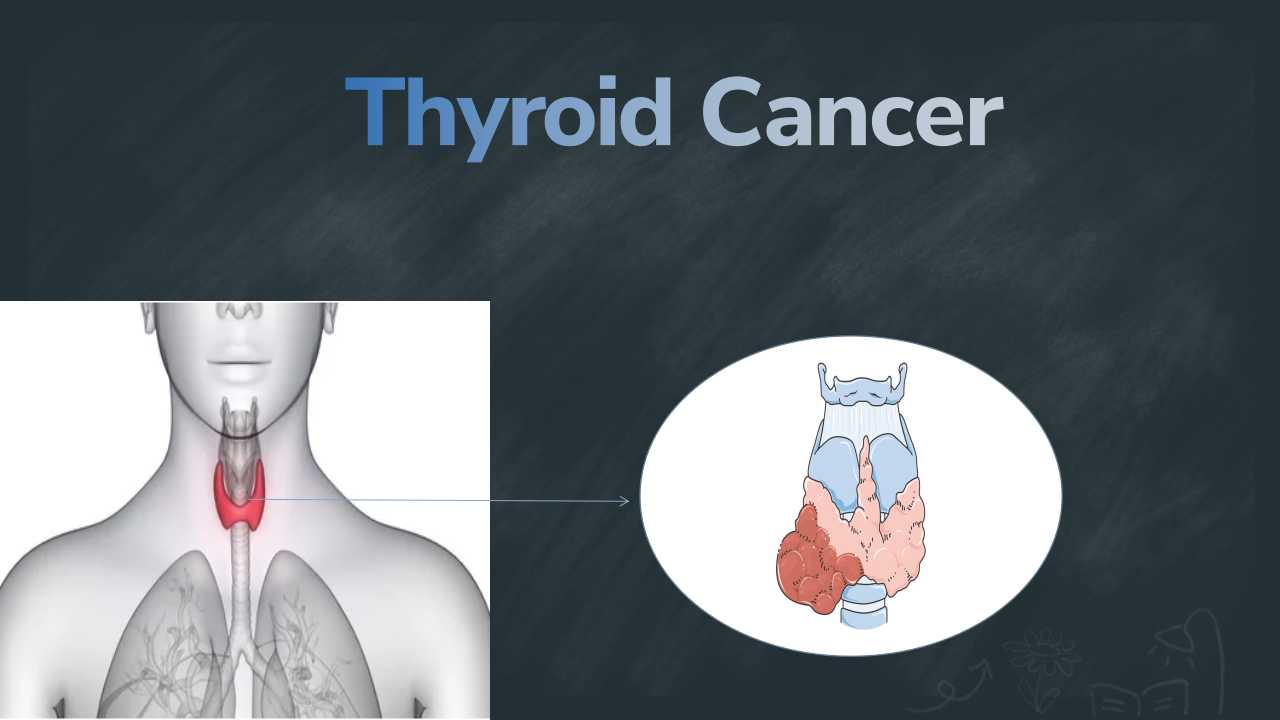
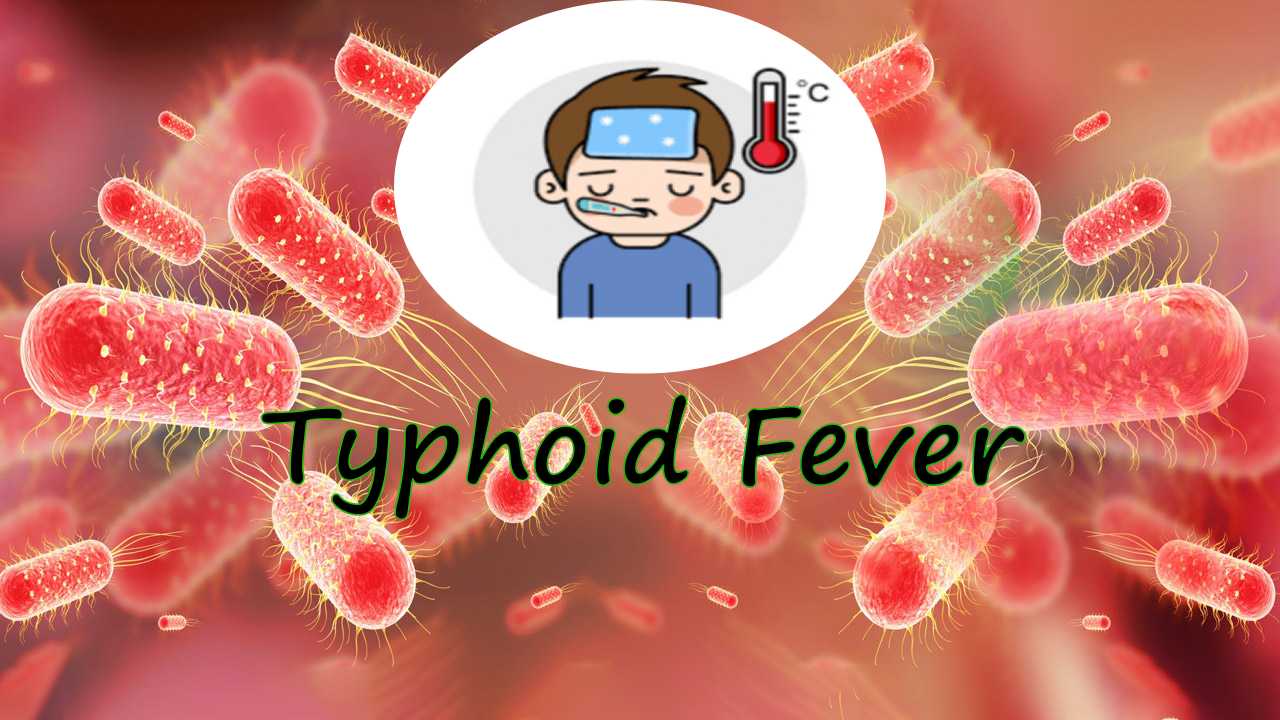
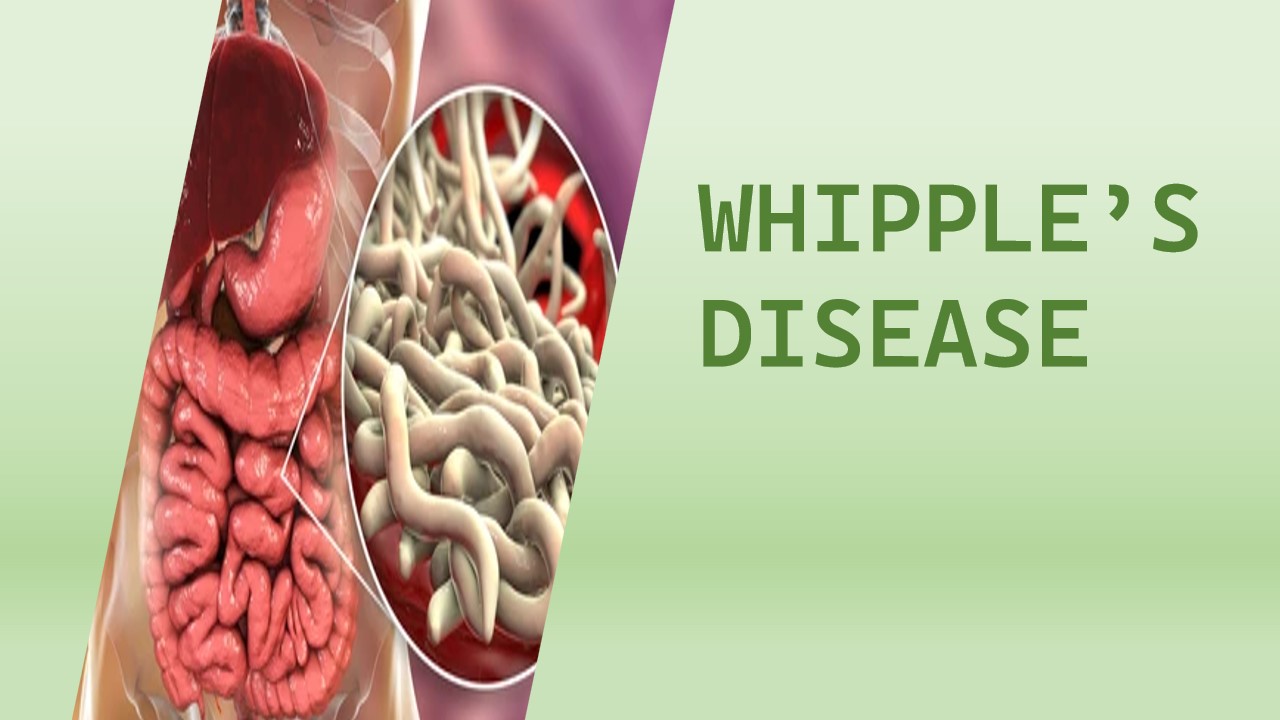
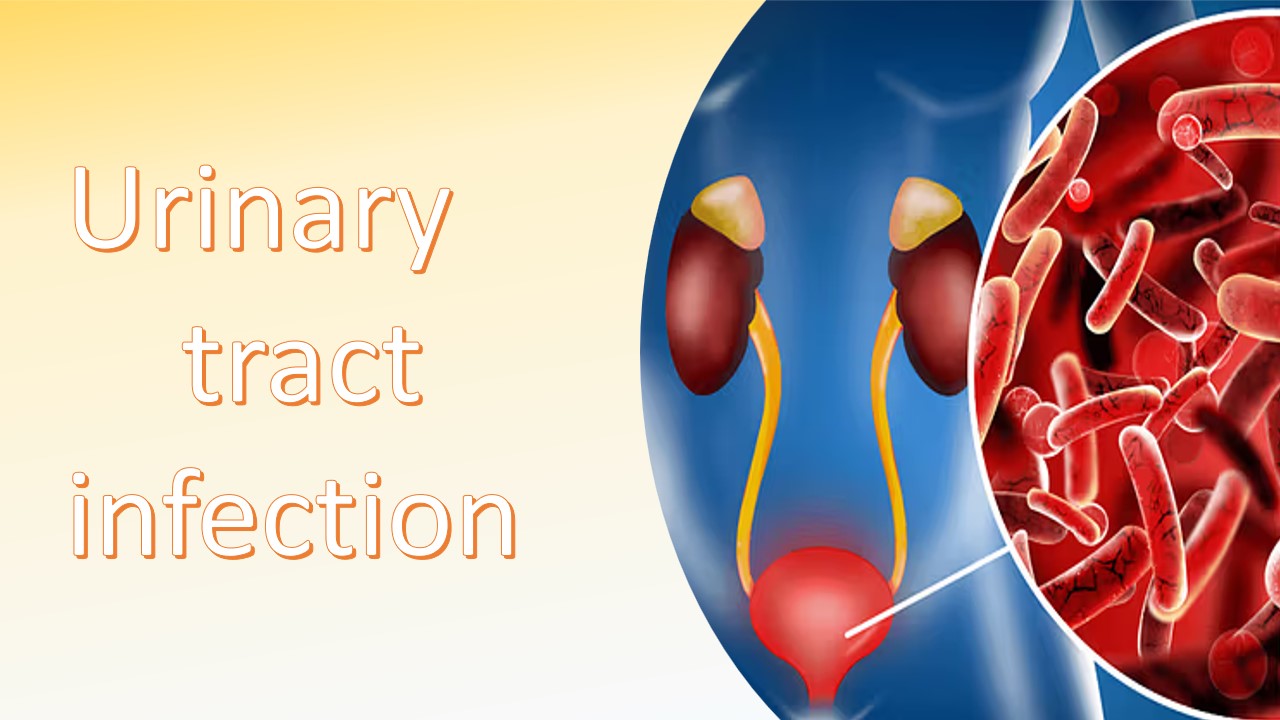
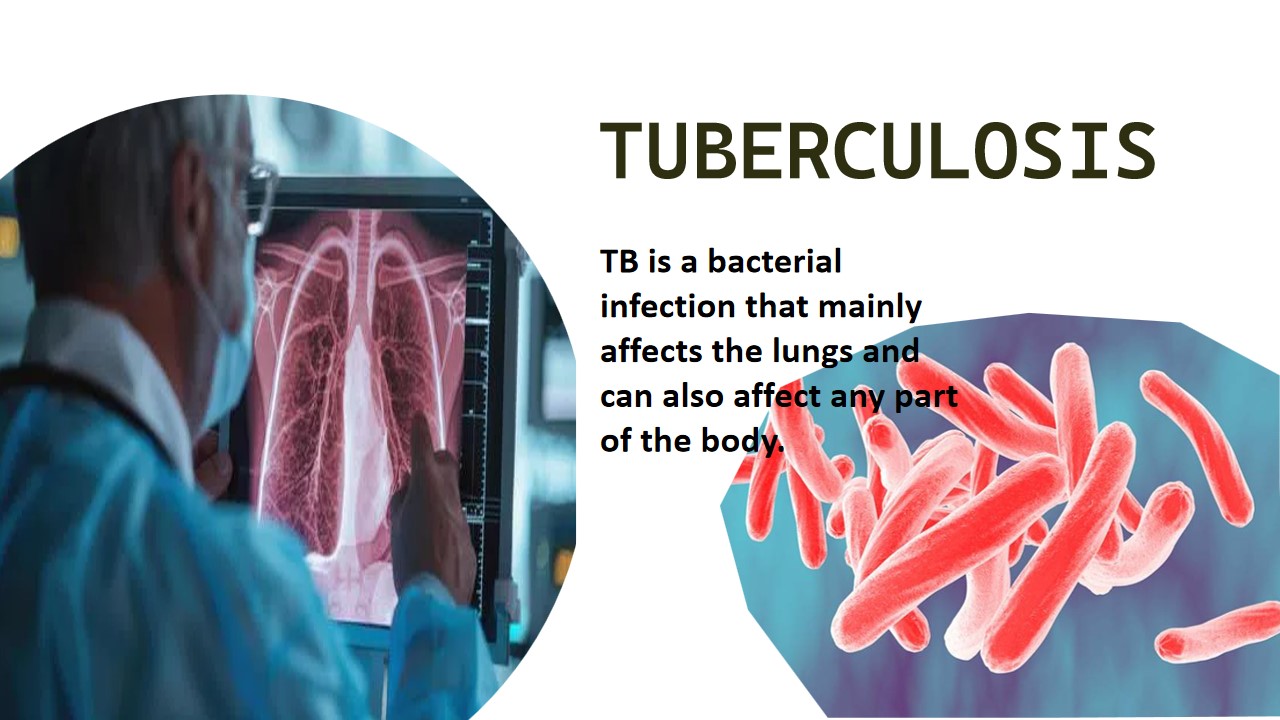
0 comments